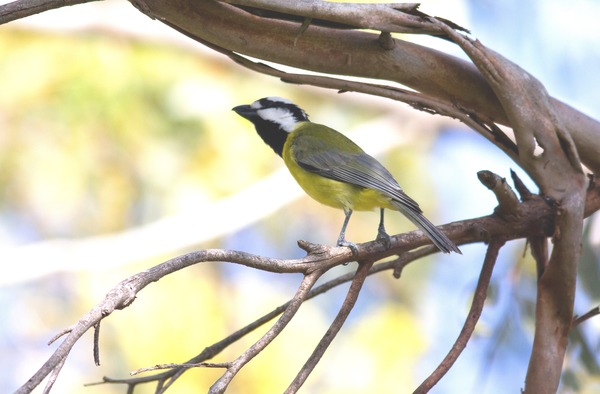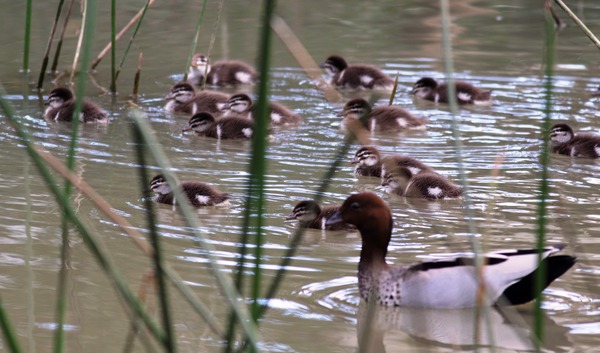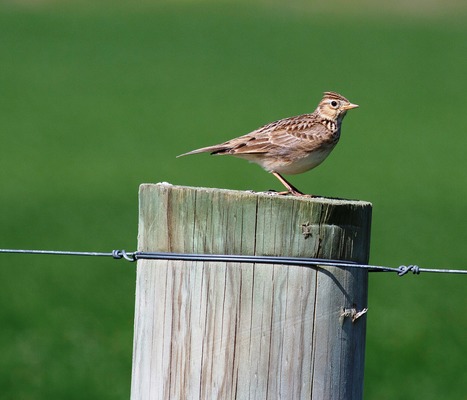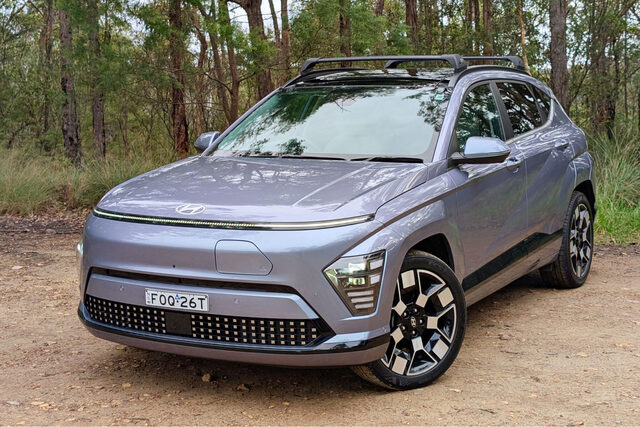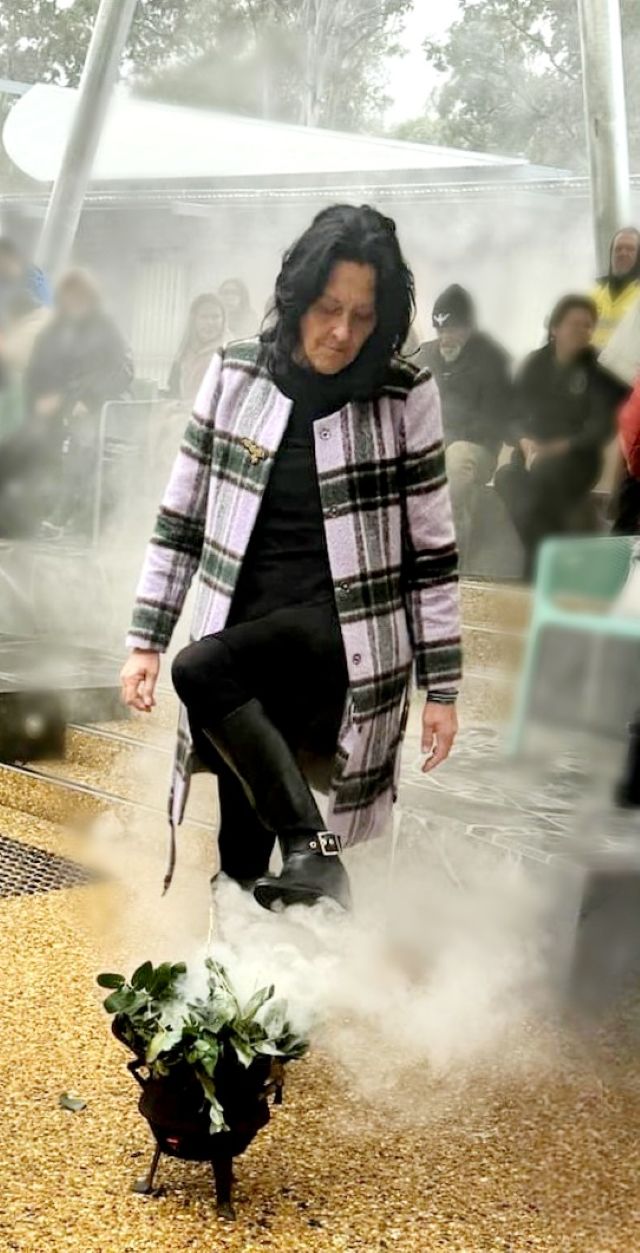I’ve seen a lot of nesting activity going on with my feathered friends.
I observed a pair of whistling kites building an impressive pile of sticks nest in Curlewis, but I think they have since abandoned it for some reason.
Maybe they found a better spot, as I hope they just haven’t given up on the idea of breeding.
I’ve seen two red wattlebird chicks in a nest around the corner from me. Red wattlebirds build a flimsy looking nest using very thin twigs, but it seems to do the trick as it has withstood some pretty strong winds.
The tawny frogmouth pair that I observe regularly sitting on their nest has used the same nest over the past few years and just seem to reinforce it with a few new twigs.
I’ve also seen many cygnets, including a swan family with five thriving babies in Breamlea.
I also saw a yellow-billed spoonbill on a nest in Wallington, in the same spot that I saw them nest last year, which was great to see.
I noticed on Facebook that local bird lover and photographer Tayler Suze had helped a family of Pacific black ducks (a mother duck and her seven ducklings) find the Ashwood Drive (in Ocean Grove) pond after they took a wrong turn. In the same pond there was a family of wood ducks with 15 ducklings, which is a rather large family to care for. They have since moved to another pond.
I participated in the Latham’s snipe count a few weekends ago. I wander around Blue Waters Lake in Ocean Grove looking for Latham’s snipe, which are migratory waders that fly here from Japan every spring.
I didn’t see any Latham’s snipe, but did hear the familiar and distinctive sound of a reed-warbler calling in the reeds. This species is migratory in south-eastern parts of Australia, where they arrive in spring and then move north and north-west in late summer and early autumn.
I also spotted a Eurasian skylark on a farm fence at Connewarre. The skylark was introduced to Australia from the UK in 1857, mainly because the settlers missed hearing its beautiful song.
The Eurasian skylark looks similar (and inhabits the same habitats) to the Australasian pipit and the smaller Horsfield’s bushlark, but both of these birds lack the skylark’s small head crest.
The other bird I was thrilled to see over the last fortnight was a crested shrike-tit because they are not all that common, plus they are just a beautiful bird.
I saw two crested shrike-tits pulling bark of trees to eat the insects at Rice Reserve near Connewarre. I also spotted a few fan-tailed cuckoos near Connewarre, but haven’t seen any other cuckoo species as yet this spring. I walked a few laps of the Ocean Grove Nature Reserve the other day in search of cuckoos, but I didn’t even hear any let along see one.
It was lovely to see a lot of water in the nature reserve ponds, which will hopefully help keep the animals and birds that live there hydrated over summer.
I received a very exciting email and photo from Peter and Ethan who observed and photographed an Australian boobook owl in Janelle Way, Ocean Grove. What a beautiful bird.
I also received an email from Kevin who took a great photo of a royal spoonbill in the Barwon River Estuary. During the breeding season the royal spoonbill develops a crest of white feathers, up to 20cm long from the back of its head.
I’ve been told that the female of the pair of wood ducks with the 15 ducklings, was killed by a car, along with one of the ducklings (this is what happens when ponds are located just next to roads – I’ve seen it so often), so now the father wood duck is looking after the remaining 14 ducklings on his own. If you live near the Tareeda Way ponds please help this father Wood Duck by keeping dogs on leads near the ponds. Ponds might look pretty near roads but it’s so dangerous for the creatures who live in them.
I just want to emphasise that during the spring when birds are nesting it’s important not to disturb or interfere with a nest, and to keep your distance.

